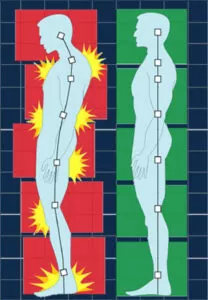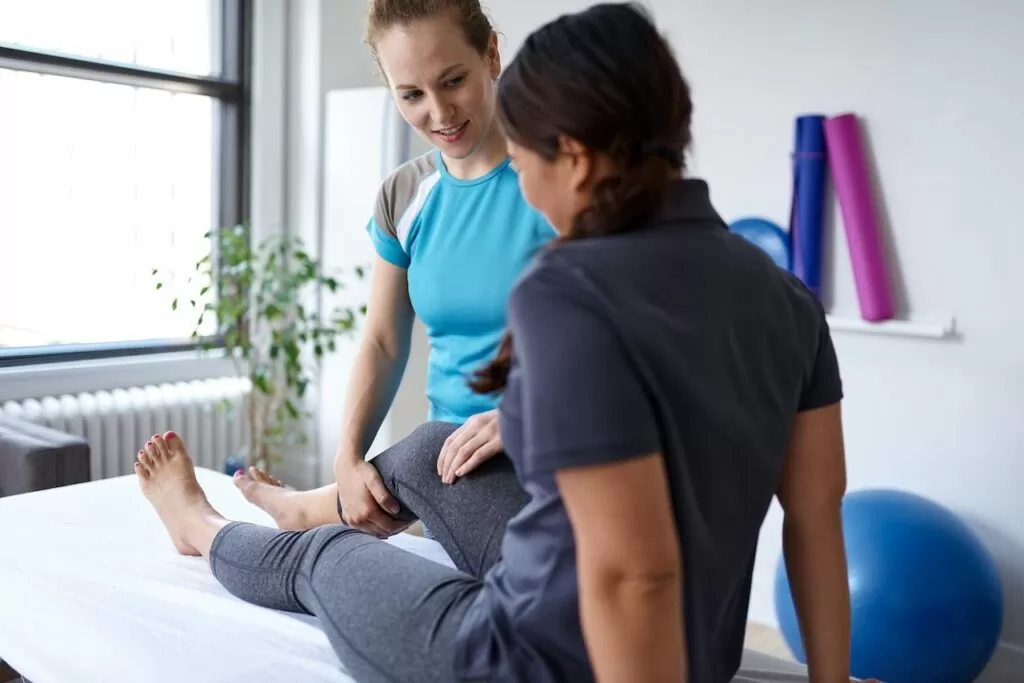The other day I was working with a 52 year old female patient with knee pain, we’ll call her Ann. She started talking about her 17 year old daughter, (let’s call her Mary) voicing concerns about her posture. Ann mentioned that Mary had intermittent headaches and neck complaints as well, and wondered if they were related to her 
So I met with them both. I was glad we were doing an evaluation as it gave me more time to work with Mary. A little quiet at first, she eventually opened up and thoroughly answered all my questions. Her reported pain was not severe or frequent, and that’s about what I would expect from a 17 year old; the problems have not been around long or are not well established. I did a lot of education with them on posture, and how good posture is not one static position that must be maintained but changed and involve movement all day. This is especially true for a student doing a lot of sitting and reading. We talked about keeping the body “stacked” on itself the majority of the time, so as to not overwork soft tissues by holding a forward head or shoulders. One postural component I did identify that Mary needed to change was her tendency to sit with her low back very arched.
For the most part movement testing did not reveal any significant restrictions, but again, that is what I would expect in a 17 year old – they haven’t set in yet. Testing did reveal difficulty performing a posterior pelvic tilt maneuver – a factor of her habit of sitting arched. I prescribed one exercise to address that, and another one to address the difficulty she had getting her gluteus maximus to fire properly and support her pelvis. We talked about how good it was to address these issues NOW – at age 17, while they were only annoying problems, and not
5 years later after neck surgery, loss of mobility, or chronic headaches. An hour later they were on their way, empowered with a better understanding of posture and how to prevent future problems.
This is the kind of encounter that I wish I could have all day: intervening BEFORE the problem becomes deep seated, well established, and much harder to reverse. Consider this for yourself, your children, or grandchildren as it may play an important role in preventing future pain and dysfunction.
Tags: Posture, Injury Prevention, Wellness, Patient Care





